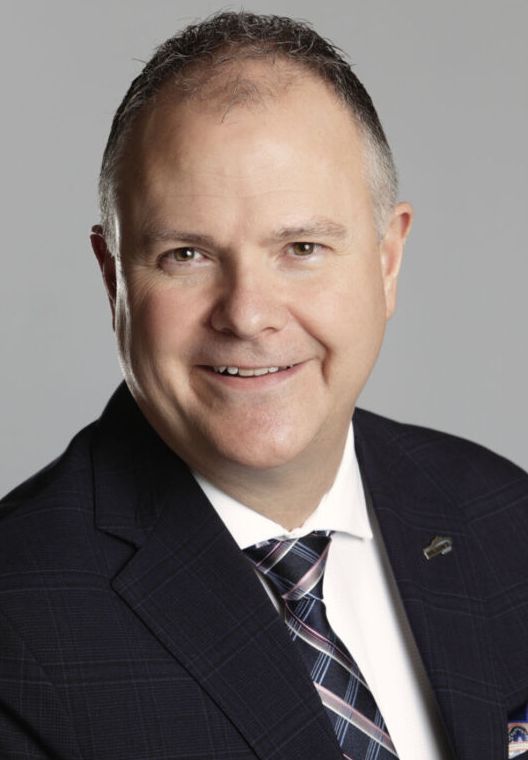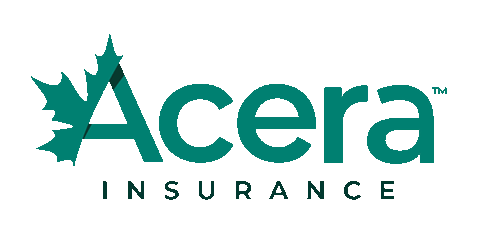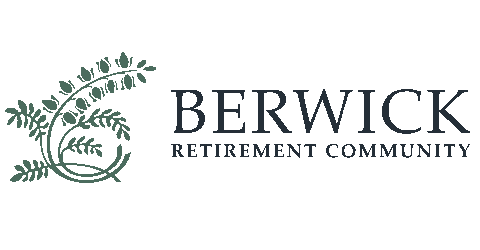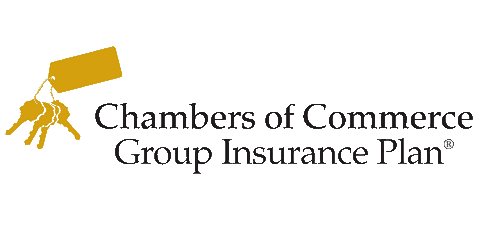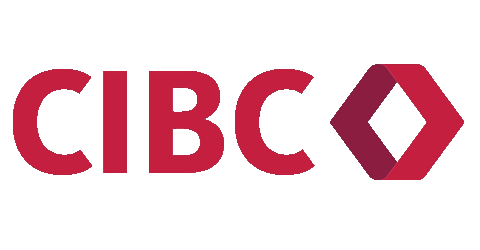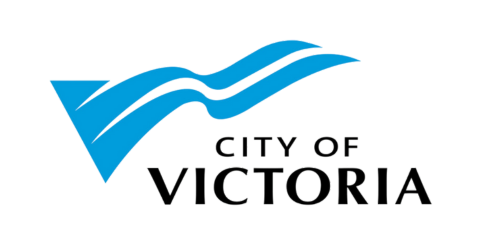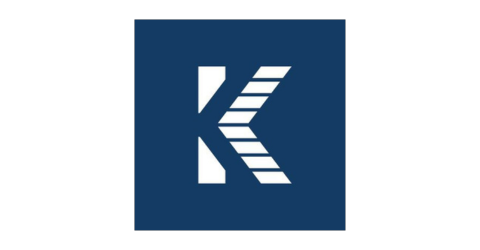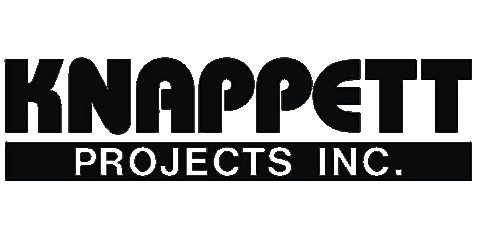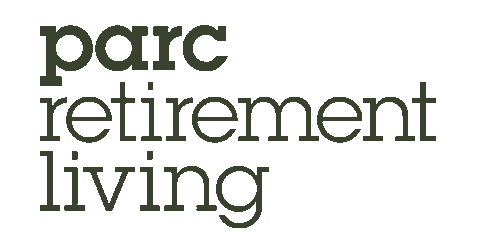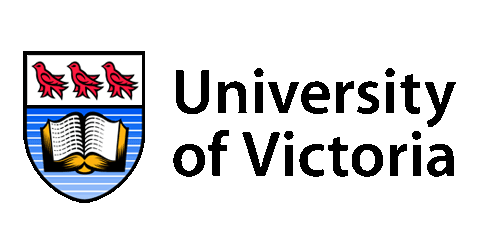VicPD Chief to speak at next Safe Community event
The Chamber is excited to announce the next event in our series of Safe Community meetings.
On Feb. 10, we will host Victoria Police Department Chief Constable Fiona Wilson to discuss the challenges and opportunities our region is facing.
Chamber CEO John Wilson will moderate the discussion after Chief Wilson provides an update on VicPD’s work to improve social disorder downtown in the short term and over the long run.
“This is a welcome opportunity for the business community to hear directly about an issue that is the highest priority for us right now,” Chamber CEO John Wilson said. “We have always had a great relationship with local police and I’m sure our members will be excited to hear how VicPD is listening to our concerns and their plans to address them in the days and months ahead.”
Questions can be submitted in advance with your registration.
- Tuesday, Feb. 10, 11:30am – 1pm
- Victoria Marriott Inner Harbour – Pacific Ballroom, 728 Humboldt St.
